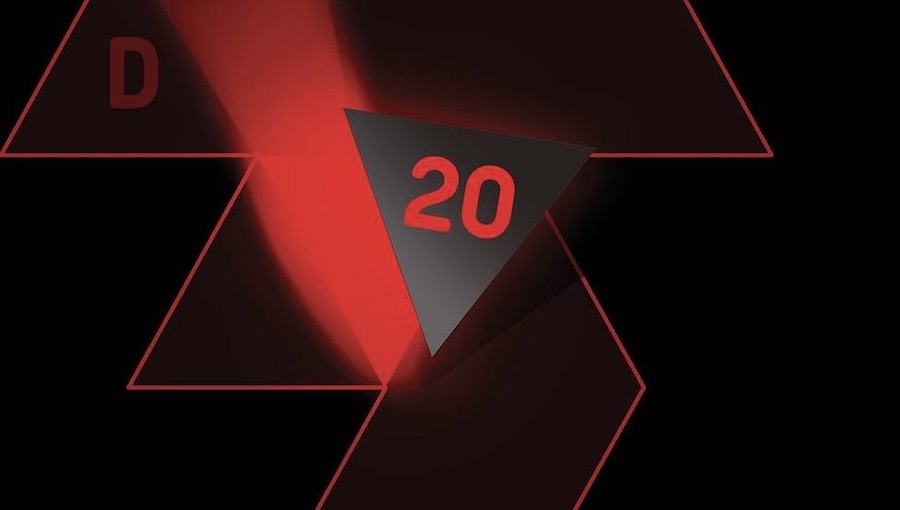It’s finally here. With the roll of a natural 20, the series finale has arrived. It’s only fitting that a series called Die, based on role-playing games, ends at the twentieth issue. So much has happened in the course of the series, and while this review will talk about the final issue, it will also tackle the series as a whole.
From start to finish, this series has been stellar: brilliant characters and a compelling story and themes that span across genres, across mediums, across the human condition. A story of six teenagers who vanished into a role-playing game that was designed by one of their own, finding their way home (or at least almost all of them), and then making their way back nearly thirty years later. It’s something familiar, yet unique. Watching these six on their journey as friends, foes, sworn enemies, and family at one point or another has been so rewarding. And with this finale comes the culmination of the journey into the world of Die, their mission shifting from just trying to get back home to attempting to save the world, making their way through the world of Die to its center. But it’s so much more than that. Die’s center is an ending, a closing of a loop. A hastily wrapped bow that has been tied, untied, and tied again so many times that it’s basically a ball. Nothing is neat or clean, because as the finale of this series teaches us, there are no happy endings, just endings that you understand and live with. There is happiness, there is progress, but nothing ends perfectly.
Ending this series was a bit of a heart breaker, as it’s been so special to read. It was also a heart breaker itself in the content, as this group has been gone for quite some time, and without them, the world continued, the world moved on. It progressed, for better and worse, and the party found themselves exiting one disaster and entering another, just as unprepared as they were when they re-entered the world of Die.
There’s something relatable about that. About dealing with the progression and regression of ourselves, of the world around us. Of hiding who we are and finding our place. Of reacting to the new normal. That’s why this series was so special, I think. For a fictional story based on a fantasy game, there have been few series so real and so grounded. For all of its flowery language and use of literary figures as characters, for all of its surreal locales and wild environs, there is something so undeniably real about this series. At its heart, it is a story about growth, adjustment, and of not only finding out what you want from life, but what life wants from you. And regardless of its intended message, that’s what I got out of it, and I am changed by having read it. It’s not settled as to the how or the why that is the case, but as the final panels crossed my eyes, I knew it to be true.
To put it bluntly, I love Kieron Gillen as a writer. His humor and darkness are appealing in every work of his I’ve read. His storytelling chops are off the charts, and when combined with a talented artist, one such as the incredible Stephanie Hans, Gillen and his co-creators are unstoppable forces of creativity. Hans’ style took some getting used to at first, especially coming off of Gillen’s previous series. There is a stark difference between Hans and WicDiv‘s Jamie McKelvie, but once that hurdle is passed, the sheer talent Hans possesses is obvious. With a gorgeous painted style and the ability to evoke so much emotion in a single panel, there is no doubt that they are an artist to watch out for.
This review is a love letter to this series as we bid it farewell. It might be a bit less about the issue itself – which is brilliant – than it is about everything related to Die. But that seems kind of fitting in a way, because while the series has ended, it still lives on as its own role-playing game, full of endless possibilities and opportunities for finding the same kind of growth that the characters did. It’s not often that a series comes along like this, with its multi-medium spectacle, but for what it’s worth, it’s been fun. So, make friends, play games, read Die, and understand the power of stories, because, in the end, that’s what this series feels like it’s about.
Creative Team: Kieron Gillen (writer), Stephanie Hans (artist)
Publisher: Image Comics
Click here to purchase.

